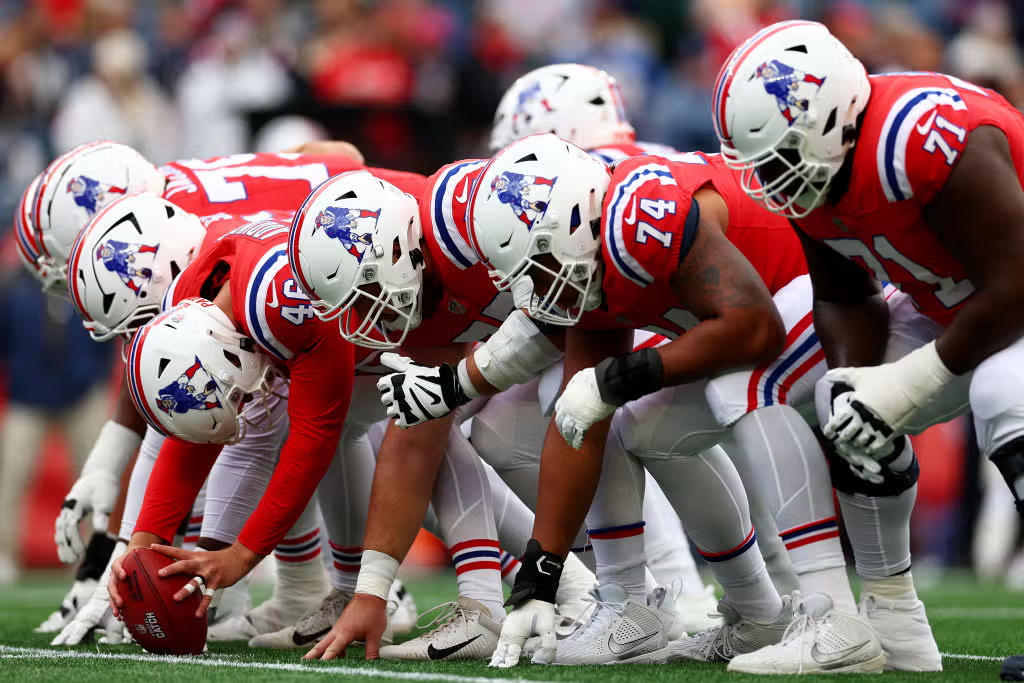Charlie and I spent some time on Memorial Day wandering a local cemetery in the center of town, I ride my bike through this cemetery quite often, so know that it contains some of the oldest markers in town, some going back to the early 1700’s.
It’s also filled with names that Charlie and I know well:
General Martin Kellogg, for whom my daughter’s middle school is named
Lucy Robbins Welles, for whom our library is named
Many names that appear on many streets throughout town
Wandering these gravestones is a real history lesson of our town.
In addition to finding these famous first families of Newington, Charlie and I searched for the gravestones of American soldiers in an effort to honor them on Memorial Day, and we talked a lot about the opportunity to remember anyone buried in that cemetery who may have been forgotten. We looked at the stones of people who died hundreds of years ago and talked about the chances that anyone still thinks of or remembers these people.
We found stones marking the lives of husbands and wives and wondered aloud what it was like to be married in 1823 or 1919. We found stones marking their children and sometimes their grandchildren. We noted how groupings of stones marked entire families and wondered if the family tree had withered and died or if family members moved away, leaving the graves of their ancestors behind.
Charlie and I have a deep sense of nostalgia and a bit of aching for the passage of time, so it was time well spent together.
We eventually found a stone under a tree that:
World War II
Howard Ryder CM3
US Navy
Died February 7, 1943
Age 26
Lost at Sea
It stood in a row of stones that included his parents and brothers.
A whole family, perhaps, who once lived together under one roof, now resting in peace in the local graveyard.
It’s rare to find a stone with that much detail. Charlie was instantly fascinated about the prospect of being “lost at sea” so I explained to him how Howard Ryder’s ship had probably been sunk during the war and his body never recovered.
“I hope someone still thinks about him,” Charlie said.
Noting the condition of the stone, I didn’t think so.
But when we got home, I did some sleuthing online. First, I checked the Wikipedia entry for February 7, 1943, and found one American warship sunk that day:
The American troopship USS Henry R. Mallory was torpedoed by the U-402, a German U-boat, killing 272 Americans.
Next, I found the Wikipedia entry for the USS Henry R. Mallory and learned:
It was at 06:59 on 7 February 1943 when traveling in station 33 of the convoy, Henry R. Mallory was hit by one torpedo launched from U-402 around 600 nautical miles (1,100 km) south-southwest of Iceland. Hit in the number three hold on the starboard side, the ship began settling by the stern and listing to port and sank at about 07:30. Of Henry R. Mallory‘s ten lifeboats, only three were successfully launched, holding 175 men. Many other men jumped overboard for rafts in the water.
None of the other ships in the convoy were aware of Mallory‘s predicament. American destroyer Schenck—searching for survivors from the convoy’s sunken rescue ship, SS Toward, sunk three hours earlier, also by U-402—saw lights but was denied permission to investigate. Only when survivors were found by U.S. Coast Guard cutter Bibb some four hours later was the fate of Henry R. Mallory made clear. Bibb rescued 205 men, 3 of whom later died. Another Coast Guard cutter, Ingham, rescued a further 22, of whom 2 later died. Among the 272 dead were the ship’s master, 48 crewmen, 15 armed guards, and 208 passengers.
After reading about the fate of the ship and so many of its crew, I Googled “crew list of the USS Henry Mallory” and found it online.
And there he was:
Howard Perkins Ryder. US Navy Reserve. Carpenter’s Mate Third Class.
I’ve been thinking about him a lot these last few days, hoping his final moments in the North Atlantic weren’t too painful or frightening.
Then I clicked on his name and found this:









